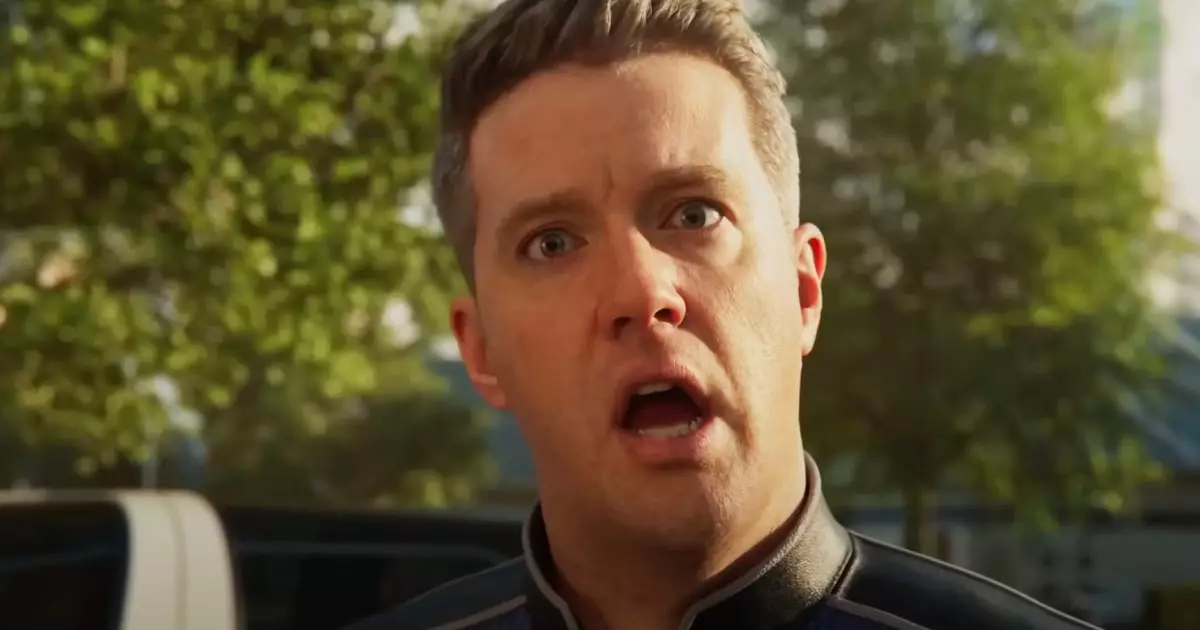Helldivers 2’s latest in-game directive underscores a provocative shift in the game’s narrative and gameplay mechanics—one that emphasizes relentless aggression as a means of restoring order and peace. Unlike traditional military campaigns that foreground diplomacy and strategic alliances, this new operation centers around mass destruction and overwhelming firepower. The developers at Arrowhead Studios are unapologetically leaning into a paradigm where the only pathway to stability is through the kind of brutal, indiscriminate violence that mirrors some of the most controversial aspects of real-world military intervention. This approach challenges players to confront the paradox of violence as both a tool for peace and a source of chaos, prompting an uncomfortable but necessary reflection on the morality of their in-game actions.
By urging players to take on massive enemy hordes—ranging from horned insectoid Shriekers to towering Leviathans—the game effectively transforms into a test of endurance and shrewdness. The order is clear: restore citizen confidence by annihilating the creatures that embody their worst nightmares. Such messaging elevates violence from mere gameplay mechanic to a narrative device that illustrates the brutal reality faced by those tasked with defending fragile democracies. It reinforces the idea that in the context of Helldivers 2’s universe, peace only comes through a show of overwhelming force, raising fundamental questions about the ethics behind such wartime doctrines.
Societal Strain and the Escalation of Warfare
What’s particularly striking about Arrowhead’s latest update is the layered commentary on societal strain. The in-game bulletin notes that Super Earth’s citizens are suffering from heightened fears—of invasion, disenfranchisement, and personal loss—propelled by recent failures and perceived threats. The defeat at the Managed Democracy space station epitomizes this collective vulnerability, illustrating how setbacks fuel demands for more aggressive responses. The creation of three “Maximum Security Cities,” which bear functional but uninspired names like Fort Union and Fort Sanctuary, symbolizes an escalation in containment and control measures.
This narrative choice draws a stark parallel to real-world tactics, where increased fear often justifies heavier-handed policies and even authoritarian measures. The game essentially becomes a mirror reflecting how societies under threat respond with escalating violence, often leading to destructive cycles that threaten moral clarity. It’s not just about the game anymore; it’s about a commentary on the human condition—how fear can propel us toward self-destruction, even under the guise of protecting democracy.
Player Engagement Through Satire and Rewards
Arrowhead’s layering of satire is unmistakable, especially in their bold description of enemy forces as “the enemies most frequently in citizen nightmares.” By using language reminiscent of propaganda, the game exposes the absurdity of escalating warfare, even as it demands players commit to killing millions of enemies across a variety of alien-species. The sheer scale of the destruction—20 million Shriekers, 12.5 million Impalers, and other monsters—underscores the game’s focus on mass kill counts, pushing players into relentless grind to meet these quotas.
Yet, amid the chaos, the developers throw in a motivational element: a free cosmetic upgrade, the Ingress-81 cape. This reward is not merely decorative; it signifies acknowledgment of the community’s collective effort in engaging with the game’s alternate reality elements. The cape, with its vivid purple hue and cryptic braille patterns, becomes a badge of honor for those who participated in the ARG—a symbolic nod to the game’s deeper lore, blending real-world puzzle-solving with in-game battles. This clever integration breathes life into the player community, fostering a sense of shared victory amid the overarching narrative of galactic conflict.
Challenging the Traditional Notions of Heroism
Overall, Helldivers 2’s latest directives serve as a provocative exploration of what heroism entails in a war setting. The game’s emphasis on mass murder as a cure for societal fears contradicts traditional notions of heroic virtue—yet in this universe, it might be the only plausible solution. By forcing players to confront the moral ambiguities of their actions, Arrowhead pushes the boundaries of the shooter genre, encouraging gamers to reflect on the cost of peace achieved through violence.
The narrative does not trivialize the horrors of war; instead, it amplifies them, asking players to grapple with the uncomfortable truth that heroic efforts often come at enormous costs. As players witness cities in flames, innocent lives lost, and the relentless onslaught of alien foes, they are compelled to consider whether such actions are justified or whether there’s a darker message about the cycle of violence that humanity, or any civilization, must confront. Through this bold storytelling, Helldivers 2 not only provides adrenaline-fueled gameplay but also a stark lens on the morality of conflict, urging players to question the true meaning of protecting democracy amid chaos.

